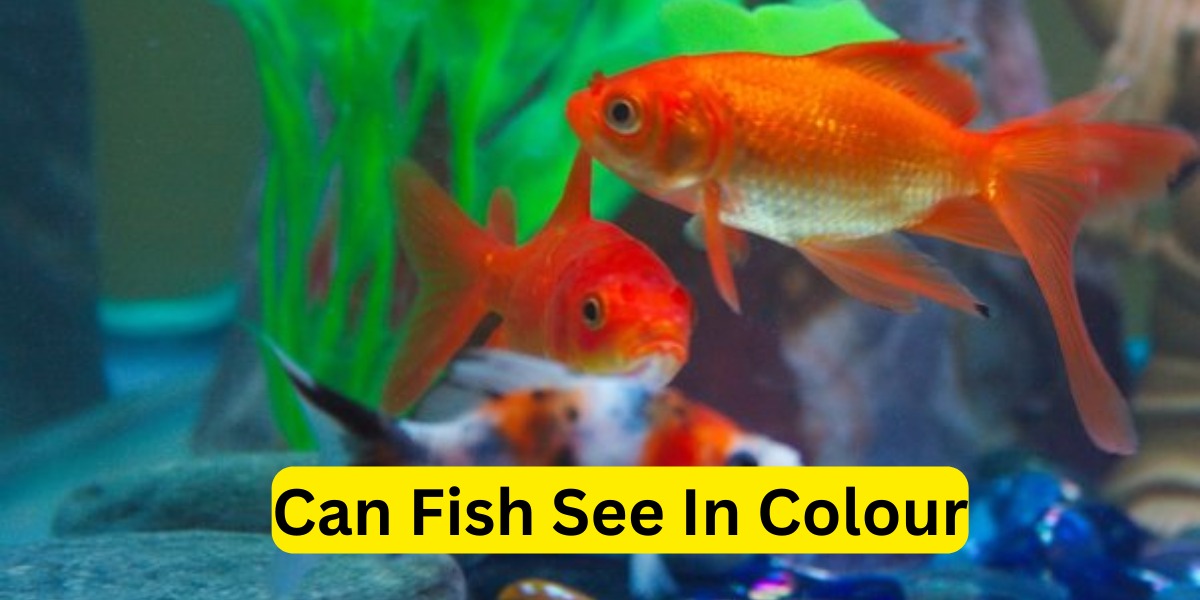Fish vision has long been a subject of intrigue and curiosity among scientists and enthusiasts alike. While humans rely heavily on their sense of sight to interpret the world around them, it’s natural to wonder whether fish share a similar experience. Can fish see in color? In this article, we delve into the captivating world of fish vision, focusing on two remarkable species: Sherry Fish and Arwana Fish.
The Role of Vision
Vision is crucial for aquatic creatures, aiding them in navigation, identifying prey, and avoiding predators. Unlike humans, fish don’t have eyelids, which means their eyes are always exposed to their watery environment. This adaptation helps maintain constant visual contact with their surroundings.
The Spectrum of Fish Vision
While humans perceive colors through three types of cones in their eyes, fish have a diverse range of photoreceptor cells that allow them to detect a broader spectrum of light. Some species can see ultraviolet (UV) light, which is invisible to humans. Sherry Fish and Arwana Fish are known to possess specialized cells that enable them to see colors beyond our comprehension.
Can Fish See in Color
The debate over whether fish can see in color has intrigued researchers for years. Studies suggest that many fish species do indeed have color vision, albeit differently from humans. Sherry Fish and Arwana Fish, both renowned for their vibrant appearances, provide excellent examples to explore this phenomenon.
A Kaleidoscope of Colors
Sherry Fish, native to the tropical waters, showcase a stunning array of colors. Their intricate patterns and iridescent scales have captivated hobbyists for generations. Research indicates that Sherry Fish are tetrachromatic, possessing four types of photoreceptor cells that likely enable them to perceive a wide spectrum of colors. This ability aids them in selecting mates and identifying suitable habitats.
Beauty Beyond the Surface
Arwana Fish, often referred to as the “dragon fish,” are prized for their elegance and distinct elongated bodies. These fish are believed to possess excellent color vision, allowing them to thrive in their native habitats. Arwana Fish are also thought to have the ability to detect UV light, which aids them in hunting prey and evading danger.
The Mechanism of Fish Color Vision
In fish, color vision is attributed to the presence of various photoreceptor cells, each sensitive to different wavelengths of light. These cells contribute to the fish’s perception of colors and help them differentiate between objects and individuals.
Tapping into Ultraviolet
Research suggests that both Sherry Fish and Arwana Fish can detect UV light. This ability is especially advantageous in their underwater habitats, where UV light penetration is higher. It allows them to spot patterns on potential mates, communicate with other members of their species, and identify prey.
Factors Influencing Fish Vision
The clarity of water plays a vital role in how fish perceive colors. In clear waters, fish can distinguish colors more effectively, aiding in their survival strategies. However, in deeper or murkier waters, this ability might be compromised.
Light Intensity and Angle
The angle and intensity of light impact the visibility of colors underwater. Sherry Fish and Arwana Fish are adapted to their habitats’ specific lighting conditions, allowing them to make the most of their color vision abilities.
In the realm of aquatic life, the ability to see in color is not limited to human beings. Sherry Fish and Arwana Fish, with their remarkable adaptations and vibrant appearances, demonstrate that color vision plays a crucial role in their survival and interactions. As we continue to unravel the mysteries of the underwater world, these fascinating creatures remind us of the diversity and complexity of life beneath the surface.
The Mechanism of Fish
In conclusion, the captivating world of fish vision, as exemplified by Sherry Fish and Arwana Fish, emphasizes the importance of color perception in their lives. The ability to see in color enhances their chances of survival, enabling them to navigate their surroundings, communicate with peers, and thrive in their vibrant aquatic ecosystems.
So, the next time you admire the exquisite hues of a Sherry Fish or the graceful presence of an Arwana Fish, remember that their world is as colorful as it is intriguing—a testament to the wonders of evolution and adaptation.








